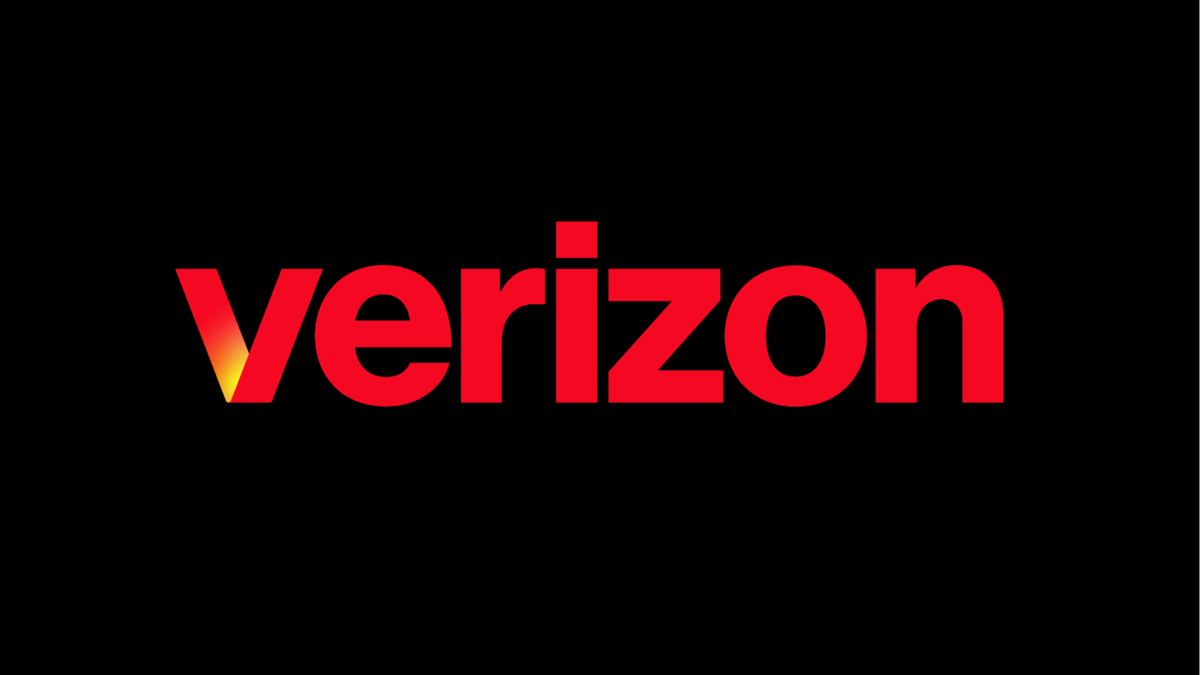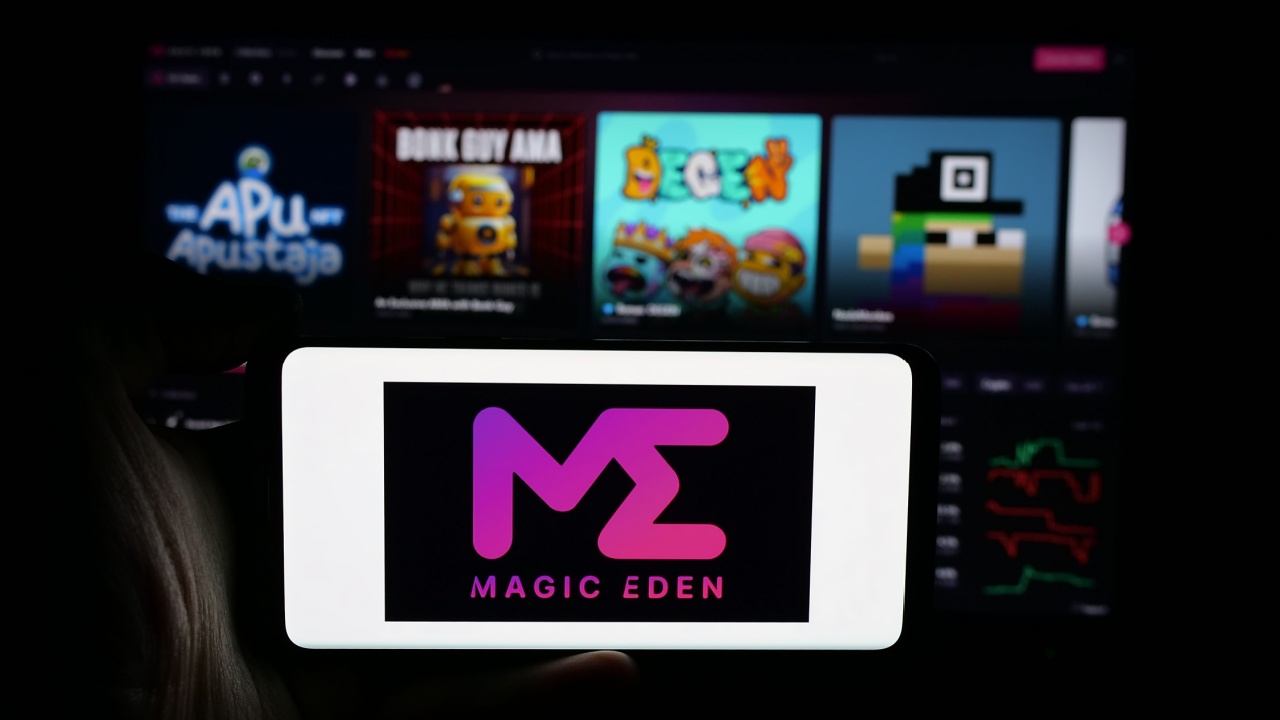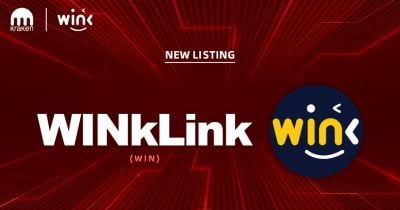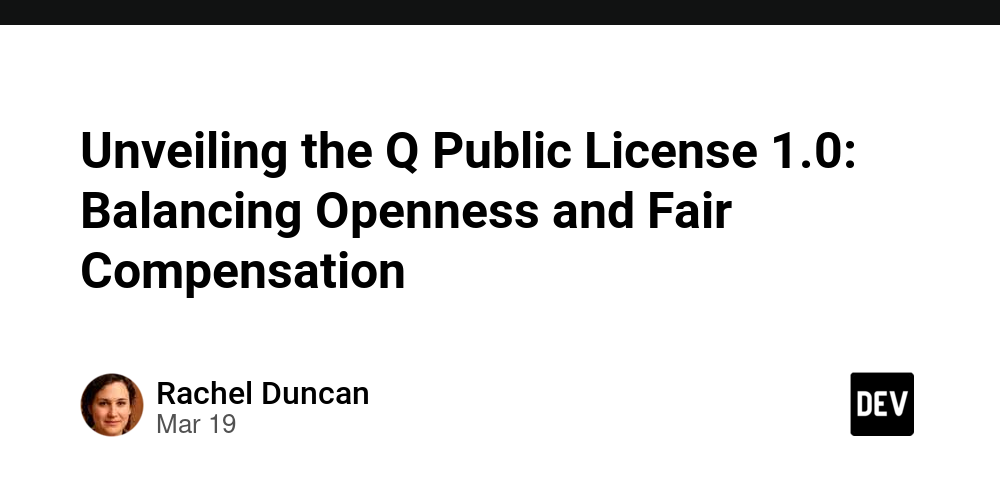Feature Flags in React.js: Boosting Quality, Confidence, and Solving Marketing Challenges
Feature flags (or feature toggles) are a powerful technique in software development that allows teams to enable or disable features without deploying new code. In React.js, they provide a way to manage feature rollouts, improve code quality, increase deployment confidence, and even solve one of the hardest problems in computer science: marketing. What Are Feature Flags? A feature flag is a conditional switch in your application that determines whether a feature is available to users. It enables dynamic control over functionality, allowing teams to toggle features on or off without requiring code changes or redeployments. Benefits of Feature Flags in React.js Incremental Rollouts: Release features to a subset of users before a full rollout. A/B Testing: Test different versions of a feature to see what performs best. Kill Switches: Disable problematic features instantly. Continuous Deployment: Deploy code without exposing unfinished features. Marketing Strategy: Introduce features based on user segments, boosting adoption and revenue. Implementing Feature Flags in React.js 1. Basic Implementation Using Context API You can use React's Context API to manage feature flags across your application. import React, { createContext, useContext } from "react"; const FeatureFlagContext = createContext({}); export const FeatureFlagProvider = ({ flags, children }) => { return ( {children} ); }; export const useFeatureFlag = (flag) => { const flags = useContext(FeatureFlagContext); return flags[flag] || false; }; Now, wrap your app with the FeatureFlagProvider: const flags = { newFeature: true, betaUI: false }; ; Inside components, use the hook: const MyComponent = () => { const isNewFeatureEnabled = useFeatureFlag("newFeature"); return ( {isNewFeatureEnabled ? : } ); }; 2. Advanced Implementation with Remote Feature Flags For production-ready applications, using a remote feature flag management service like LaunchDarkly, ConfigCat, or Unleash provides more flexibility. Example using LaunchDarkly: import { withLDProvider, useFlags } from "launchdarkly-react-client-sdk"; const MyComponent = () => { const { newFeature } = useFlags(); return newFeature ? : ; }; export default withLDProvider({ clientSideID: "YOUR_LAUNCHDARKLY_CLIENT_ID", user: { key: "anonymous" } })(MyComponent); Feature Flags Solve the Hardest Problem in Computer Science: Marketing 1. Gradual Feature Releases Instead of a big-bang launch that risks failure, companies can use feature flags to introduce new functionalities gradually. Marketing teams can align promotional campaigns with phased rollouts, ensuring customers see what’s being promoted. 2. Personalized User Experience By enabling features for specific user segments (e.g., premium users, early adopters), companies can drive engagement and upsell opportunities without bloating the UI with features that don’t appeal to every user. 3. Data-Driven Decision Making Feature flags enable A/B testing, allowing marketing teams to measure conversion rates and retention before committing to a full launch. Instead of relying on gut feelings, businesses can iterate based on real user behavior. Conclusion Feature flags in React.js provide a strategic advantage for development and marketing teams alike. They improve software quality by allowing incremental rollouts, reduce deployment risks, and enable data-driven marketing decisions. By integrating feature flags into your workflow, you ensure that your software evolves in a controlled, efficient, and user-centric way.

Feature flags (or feature toggles) are a powerful technique in software development that allows teams to enable or disable features without deploying new code. In React.js, they provide a way to manage feature rollouts, improve code quality, increase deployment confidence, and even solve one of the hardest problems in computer science: marketing.
What Are Feature Flags?
A feature flag is a conditional switch in your application that determines whether a feature is available to users. It enables dynamic control over functionality, allowing teams to toggle features on or off without requiring code changes or redeployments.
Benefits of Feature Flags in React.js
- Incremental Rollouts: Release features to a subset of users before a full rollout.
- A/B Testing: Test different versions of a feature to see what performs best.
- Kill Switches: Disable problematic features instantly.
- Continuous Deployment: Deploy code without exposing unfinished features.
- Marketing Strategy: Introduce features based on user segments, boosting adoption and revenue.
Implementing Feature Flags in React.js
1. Basic Implementation Using Context API
You can use React's Context API to manage feature flags across your application.
import React, { createContext, useContext } from "react";
const FeatureFlagContext = createContext({});
export const FeatureFlagProvider = ({ flags, children }) => {
return (
<FeatureFlagContext.Provider value={flags}>
{children}
FeatureFlagContext.Provider>
);
};
export const useFeatureFlag = (flag) => {
const flags = useContext(FeatureFlagContext);
return flags[flag] || false;
};
Now, wrap your app with the FeatureFlagProvider:
const flags = { newFeature: true, betaUI: false };
<FeatureFlagProvider flags={flags}>
<App />
FeatureFlagProvider>;
Inside components, use the hook:
const MyComponent = () => {
const isNewFeatureEnabled = useFeatureFlag("newFeature");
return (
<div>
{isNewFeatureEnabled ? <NewFeatureComponent /> : <OldFeatureComponent />}
div>
);
};
2. Advanced Implementation with Remote Feature Flags
For production-ready applications, using a remote feature flag management service like LaunchDarkly, ConfigCat, or Unleash provides more flexibility.
Example using LaunchDarkly:
import { withLDProvider, useFlags } from "launchdarkly-react-client-sdk";
const MyComponent = () => {
const { newFeature } = useFlags();
return newFeature ? <NewFeatureComponent /> : <OldFeatureComponent />;
};
export default withLDProvider({
clientSideID: "YOUR_LAUNCHDARKLY_CLIENT_ID",
user: { key: "anonymous" }
})(MyComponent);
Feature Flags Solve the Hardest Problem in Computer Science: Marketing
1. Gradual Feature Releases
Instead of a big-bang launch that risks failure, companies can use feature flags to introduce new functionalities gradually. Marketing teams can align promotional campaigns with phased rollouts, ensuring customers see what’s being promoted.
2. Personalized User Experience
By enabling features for specific user segments (e.g., premium users, early adopters), companies can drive engagement and upsell opportunities without bloating the UI with features that don’t appeal to every user.
3. Data-Driven Decision Making
Feature flags enable A/B testing, allowing marketing teams to measure conversion rates and retention before committing to a full launch. Instead of relying on gut feelings, businesses can iterate based on real user behavior.
Conclusion
Feature flags in React.js provide a strategic advantage for development and marketing teams alike. They improve software quality by allowing incremental rollouts, reduce deployment risks, and enable data-driven marketing decisions. By integrating feature flags into your workflow, you ensure that your software evolves in a controlled, efficient, and user-centric way.

















































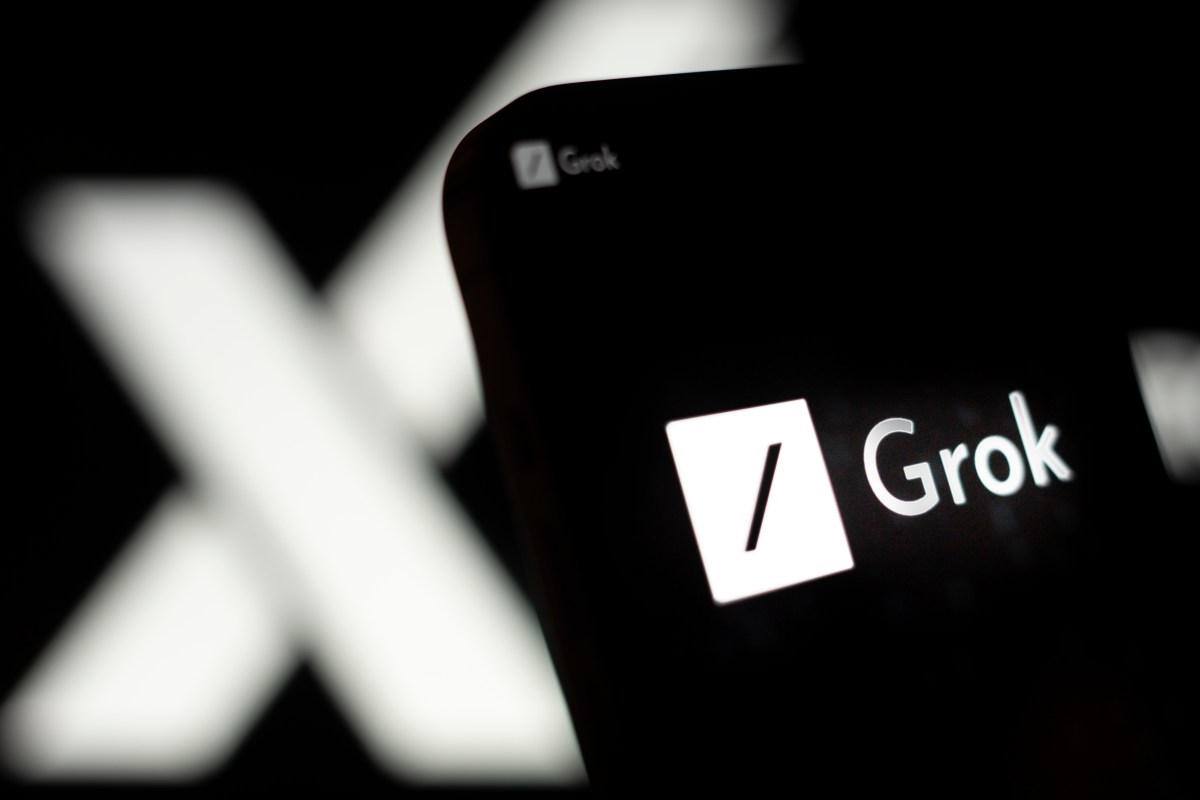























































































































![[The AI Show Episode 143]: ChatGPT Revenue Surge, New AGI Timelines, Amazon’s AI Agent, Claude for Education, Model Context Protocol & LLMs Pass the Turing Test](https://www.marketingaiinstitute.com/hubfs/ep%20143%20cover.png)





















































































































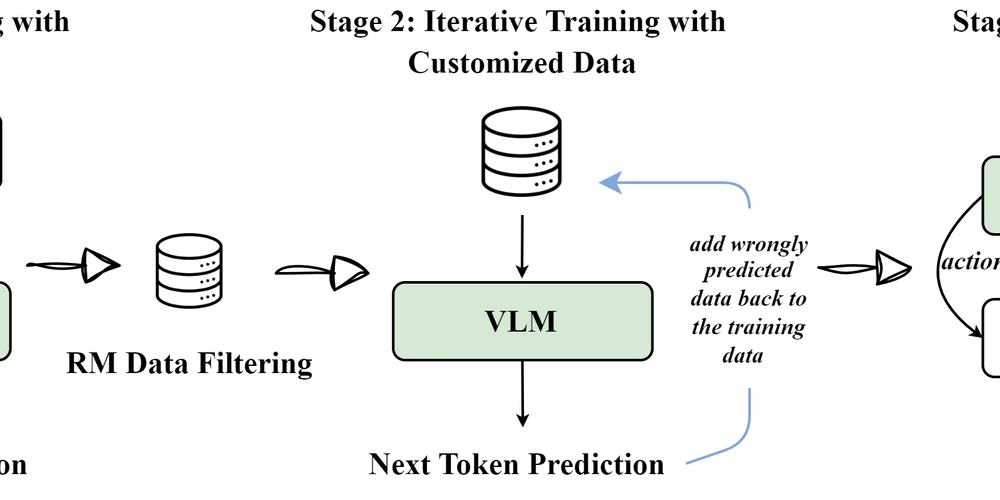



























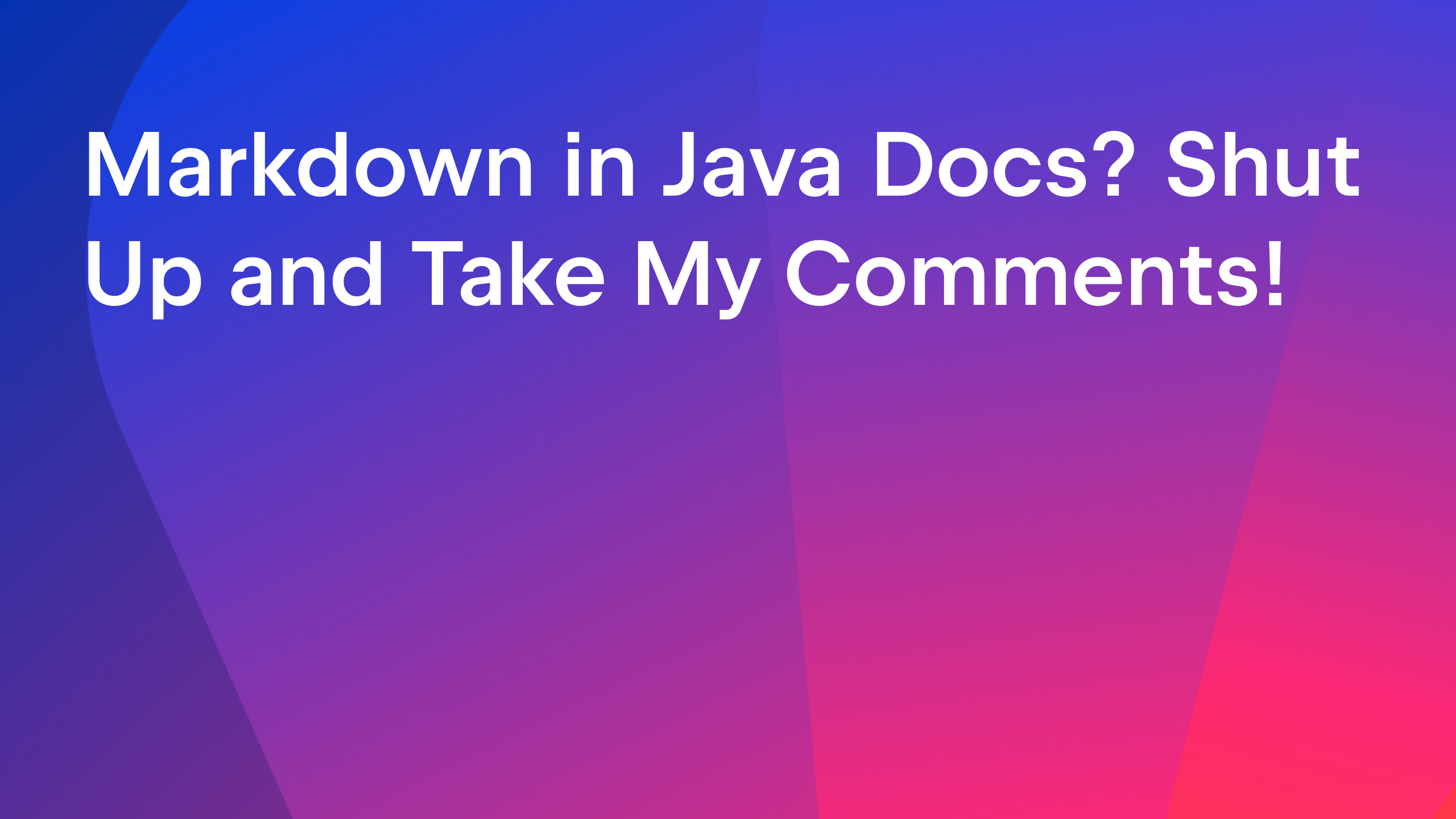













































































































































































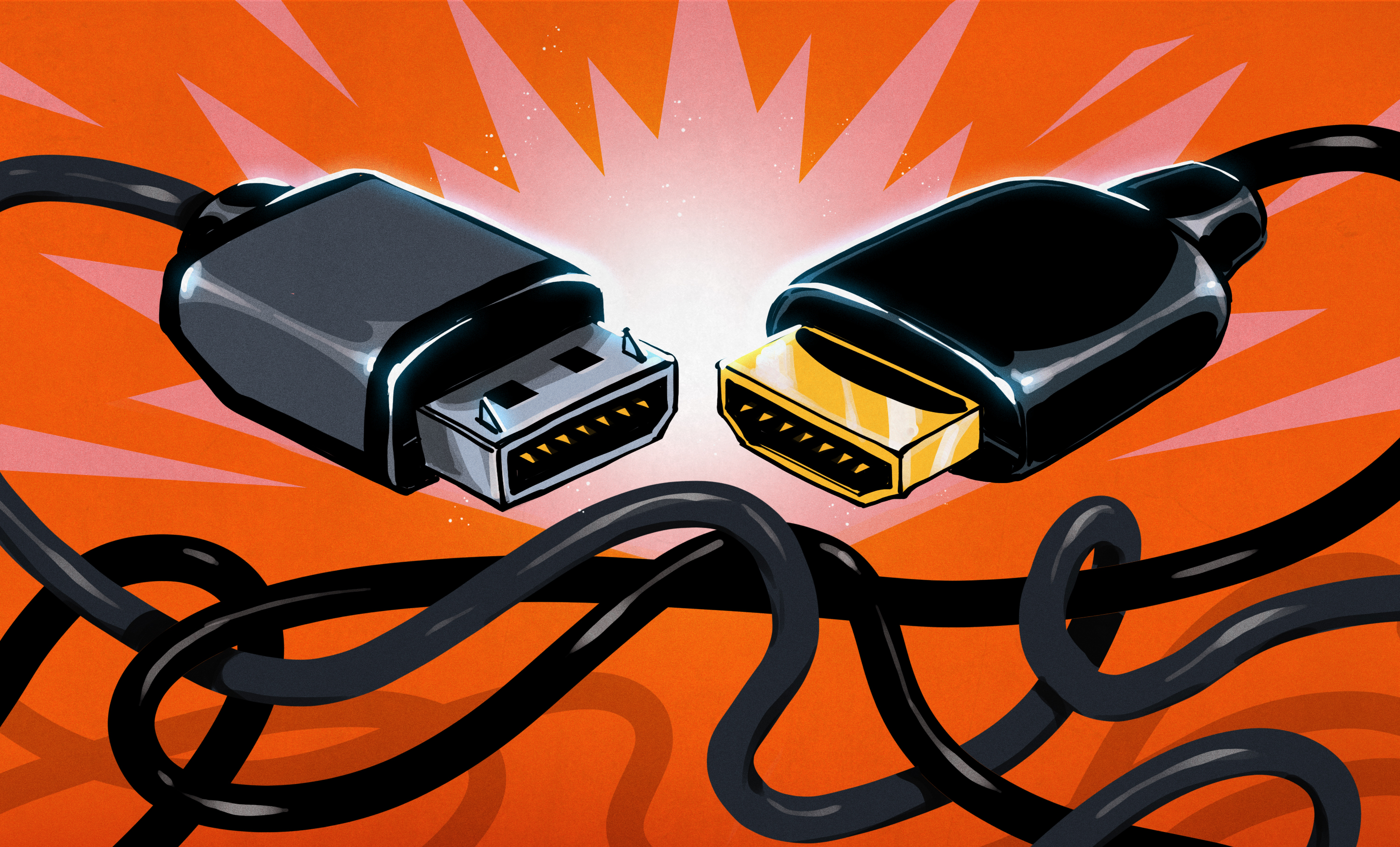



























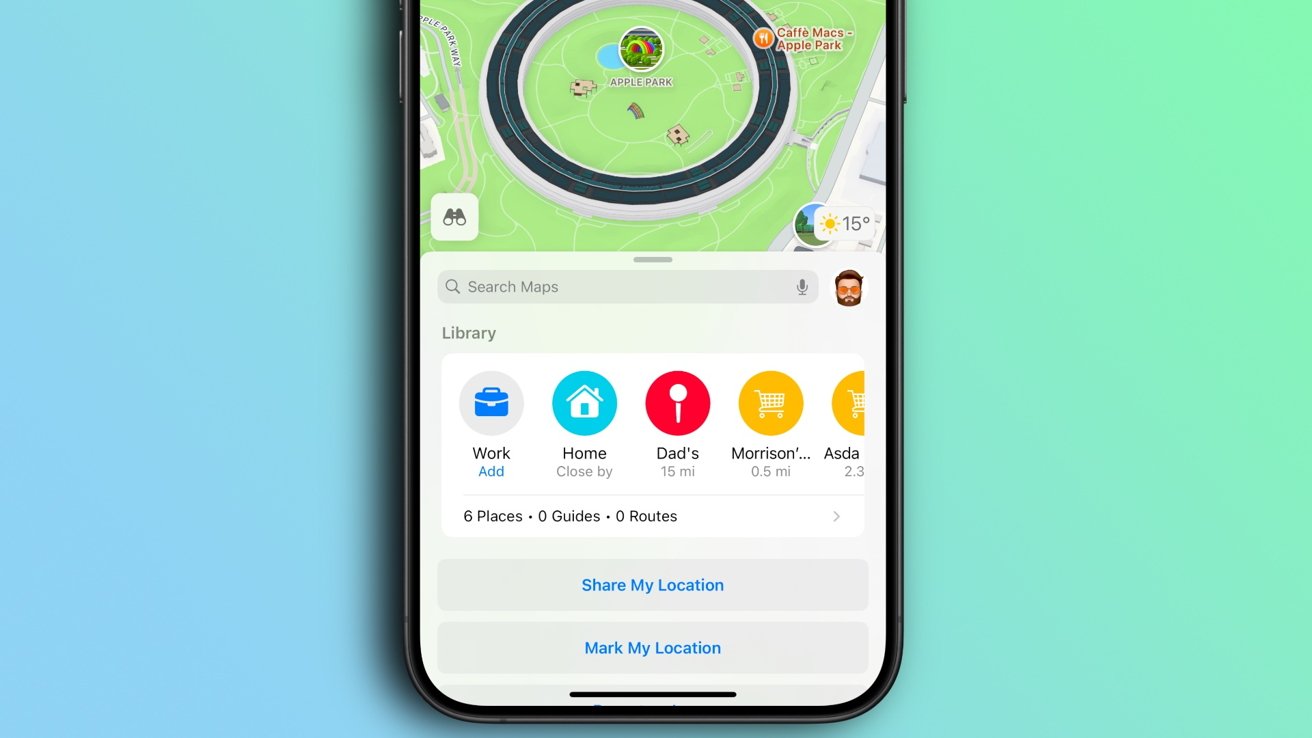

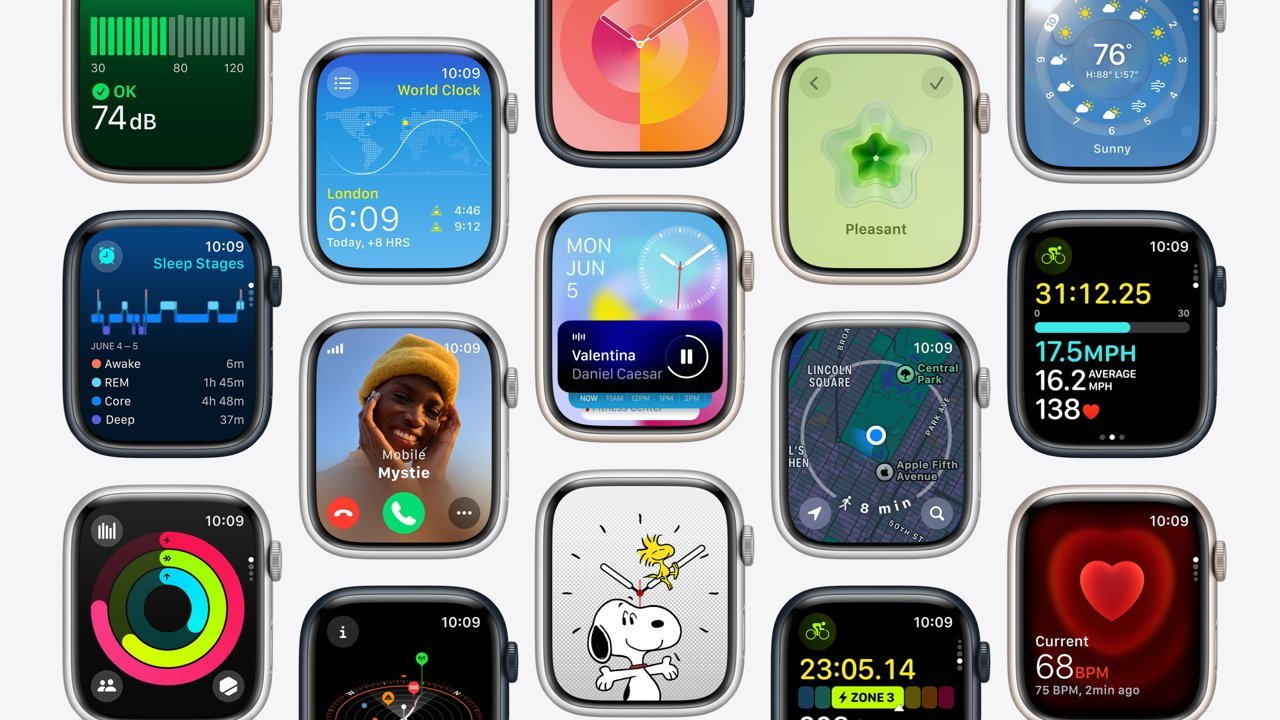
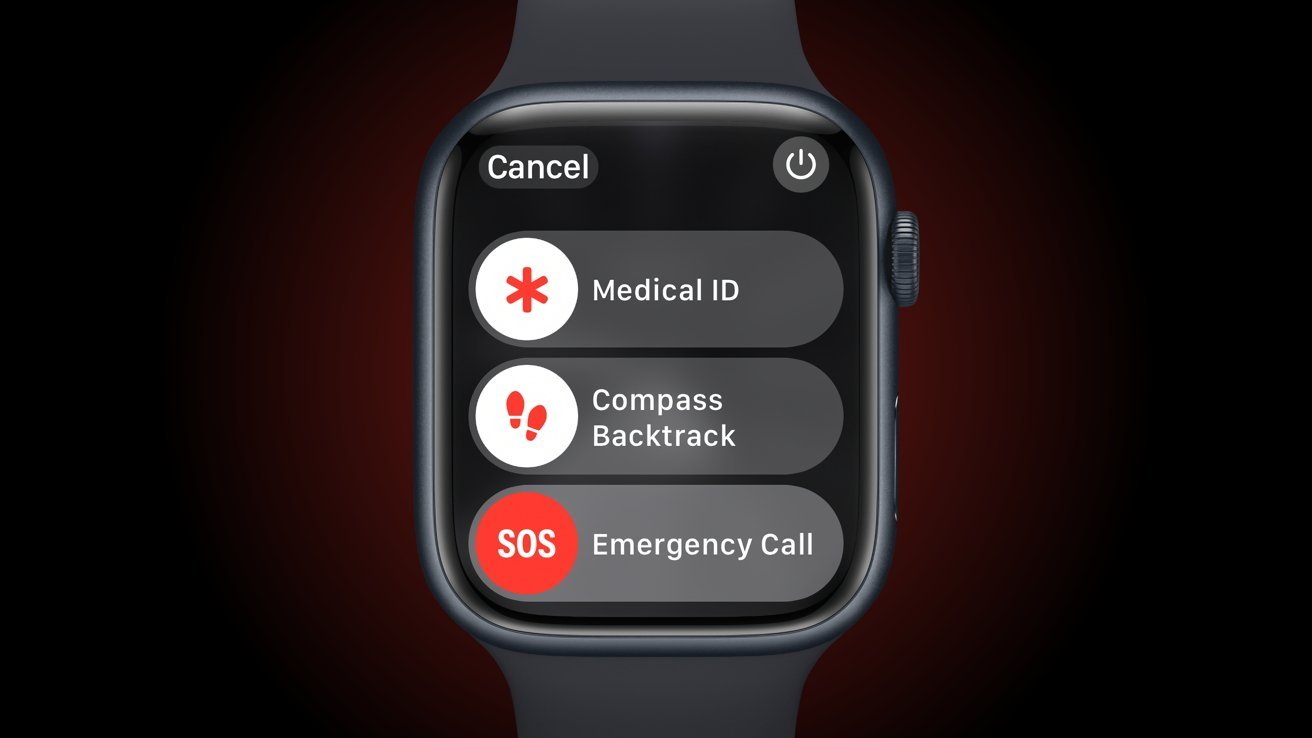



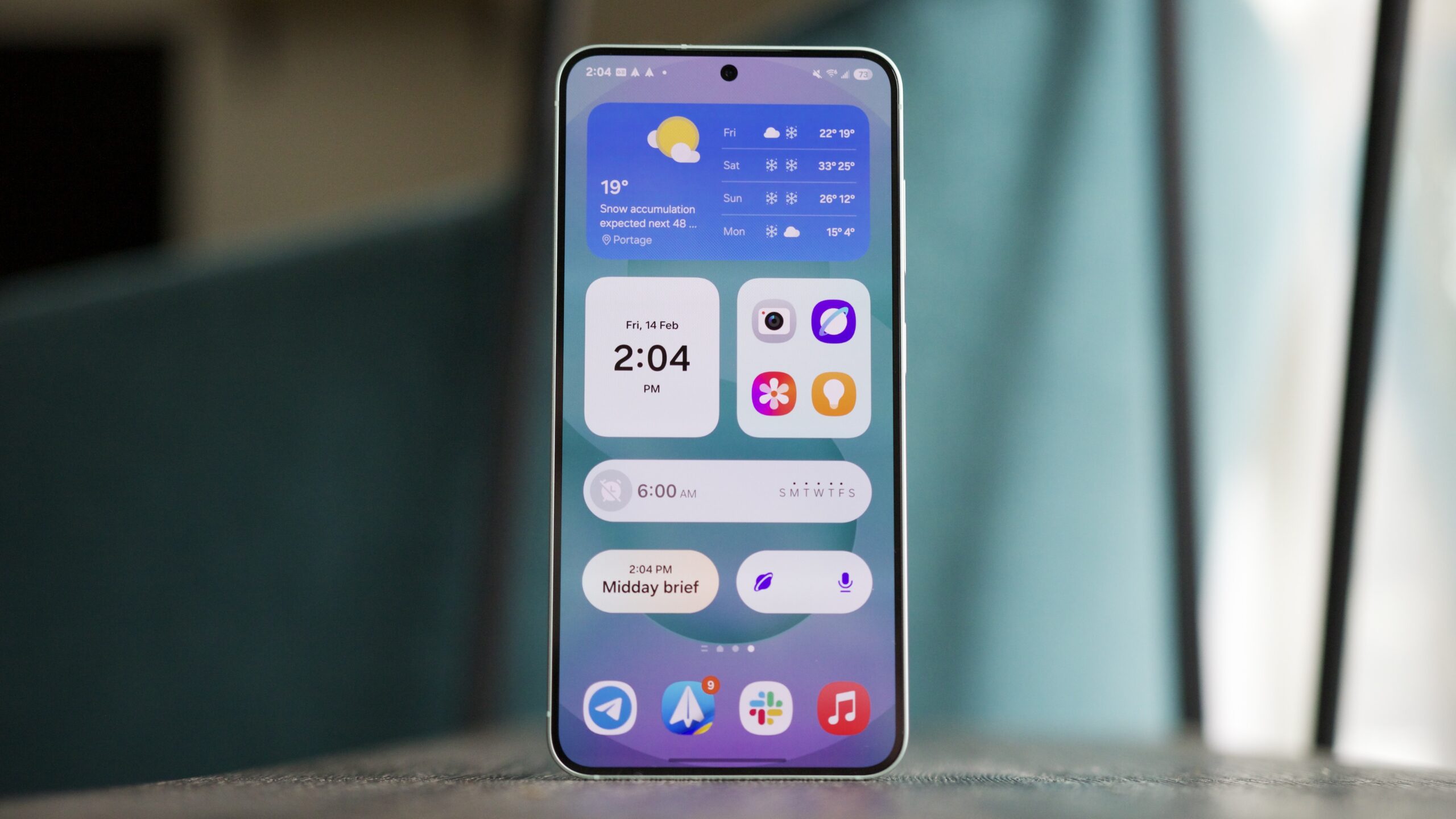

















![Apple Watch to Get visionOS Inspired Refresh, Apple Intelligence Support [Rumor]](https://www.iclarified.com/images/news/96976/96976/96976-640.jpg)
![New Apple Watch Ad Features Real Emergency SOS Rescue [Video]](https://www.iclarified.com/images/news/96973/96973/96973-640.jpg)
![Apple Debuts Official Trailer for 'Murderbot' [Video]](https://www.iclarified.com/images/news/96972/96972/96972-640.jpg)
![Alleged Case for Rumored iPhone 17 Pro Surfaces Online [Image]](https://www.iclarified.com/images/news/96969/96969/96969-640.jpg)















































